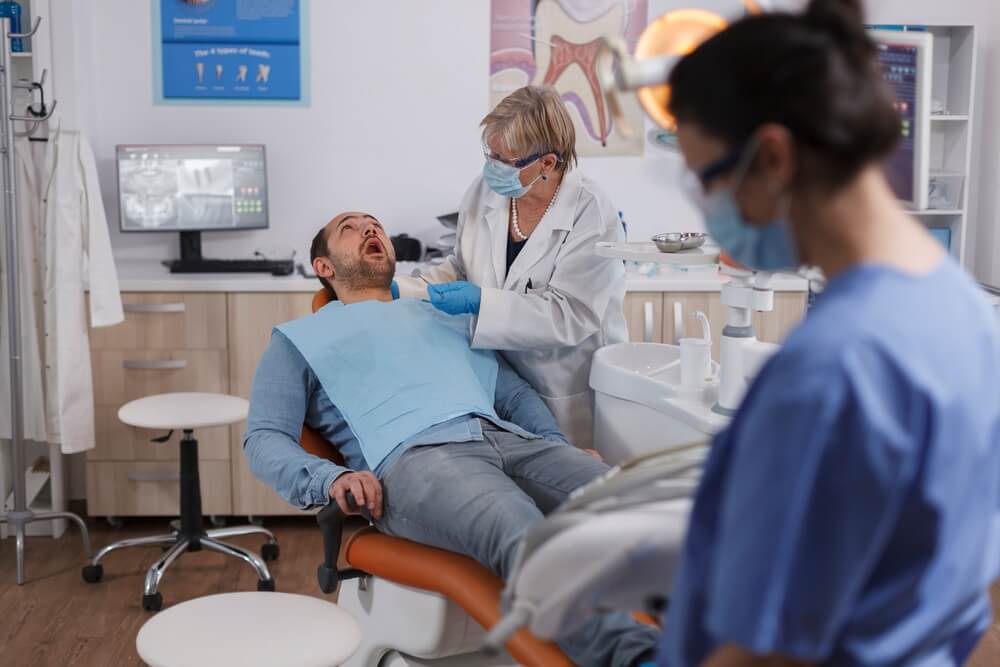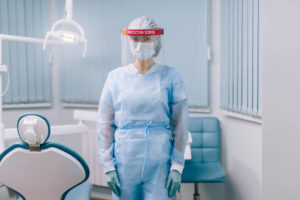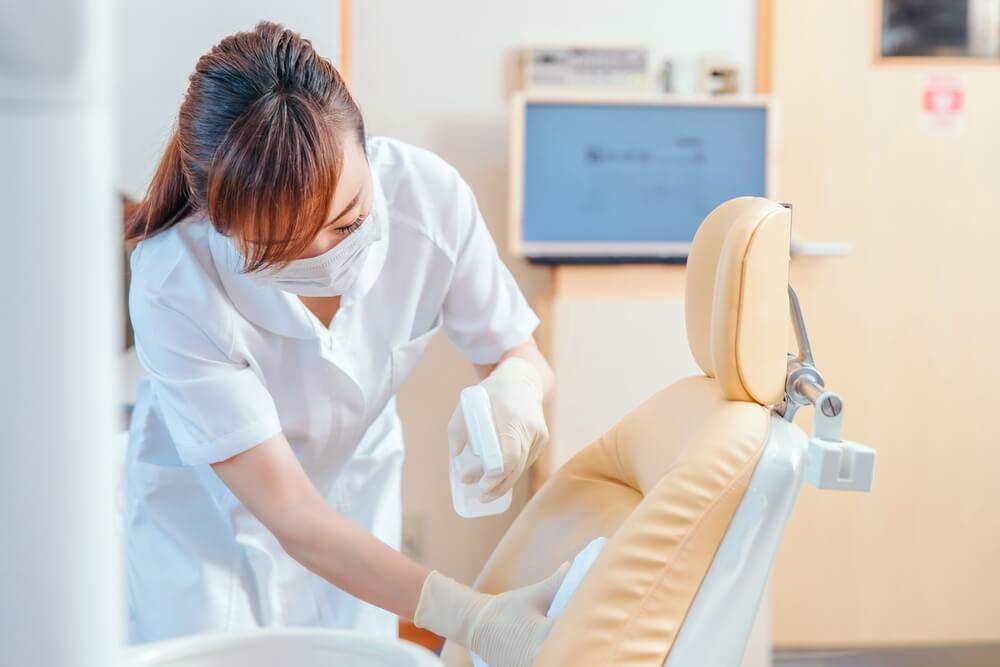
22 Feb Best Practices for Infection Prevention in Dental Offices
Infection prevention is essential in any healthcare facility, including dental offices. Dental healthcare personnel come into close contact with their patients during treatment. Hence, they need to implement infection prevention measures. Doing so ensures the safety of everyone involved.
Proper infection prevention entails wearing the appropriate personal protective equipment (PPE), ensuring dental office hygiene, and more. Implementing infection prevention procedures can be challenging. You will need the correct equipment, which may be a considerable investment.
Nevertheless, infection prevention is necessary for providing quality care. Here is a list of best hygiene practices for infection prevention in dental offices.
Equipment Sterilization
Equipment sterilization is vital in dental office infection control. Various equipment is usually handled differently, depending on how it is used. In other words, it all depends on what they come into contact with. Some equipment makes contact with teeth, gums, or broken skin.
Generally, speaking you should sterilize such equipment using either of the following:
- Steam under pressure
- Chemical vapor
- Dry heat
Before sterilization, thoroughly clean the equipment following manufacturer’s instructions, making sure to eliminate debris and biological material. Some dental equipment only makes contact with skin that’s intact, such as blood pressure cuffs. Such non-critical equipment doesn’t need sterilization. Instead, clean and disinfect the item following the manufacturer’s directions to ensure the item is safe for use on the next patient.
In addition to sterilizing and disinfecting equipment, you need to store them properly. Keep dental instruments in a clean area where they can’t become contaminated during procedures or other activities. Control the temperature and humidity in the storage room. Also, have an inventory control system. It will ensure that you use equipment sterilized earlier first.
Hand Hygiene
Proper hand hygiene is crucial for infection prevention in dental offices. It minimizes the risk of transferring infections to others. Thus, cleaning your hands safeguards you and your patients.
Ensure you effectively clean your hands before and after contact with patients and procedures. Do the same after handling contaminated instruments. Other circumstances where you should practice hand hygiene include:
- If your hands are dirty
- After discarding torn or punctured gloves
- Before you replace gloves on your hands
Depending on the situation, you can use one of three cleaning agents. One is plain soap and water. Another is water and antimicrobial soap. Lastly, you may use an alcohol-based hand rub. The hand rub should have an alcohol concentration between 60% and 90%.
Cleaning and Disinfection Practices
Maintaining proper hygiene in dental offices helps prevent cross contamination. Cleaning and disinfecting environmental surfaces is an excellent way to ensure good hygiene. The appropriate staff should clean before disinfecting. Cleaning involves eliminating organic matter and visible dirt. It allows for effective disinfection.
There are two categories of surfaces: clinical contact and housekeeping surfaces. Clinical contact surfaces get contaminated through the gloved hands of dental care providers. Spatter or spray from dental procedures can also contribute to contamination. Examples of these surfaces are light handles, switches, faucets, and dental chairside computers.
Use low-level or intermediate-level disinfectants to clean clinical contact surfaces. Housekeeping surfaces have a reduced risk of infection transmission. Examples are walls, floors, and sinks. Use EPA-registered hospital disinfectants to regularly clean and disinfect all surfaces, being sure to check surface compatibility.
Protective Gear

PPE protects you from exposure to pathogens. They also prevent the spread of microorganisms to patients. There are different personal protective equipment that dental care providers should use to keep themselves and their patients healthy.
Examples are face shields, eyewear, face masks, and gloves. Protective clothing like lab coats and disposable gowns are also PPE. Use the appropriate PPE based on standard precautions to protect yourself and your patients.
Dental Staff Training
Dental healthcare personnel should receive training on infection prevention. Facilities should offer training on hygiene to new staff members. They should also train everyone annually, making sure to follow government regulations such as the bloodborne pathogen standard.
Dental care facilities should tailor training to the roles of specific staff members. For example, some professionals carry out tasks that expose them to harmful agents, such as viruses and bacteria. Infection control education given to such people should entail the following:
- An overview of the exposure risks they face
- Infection prevention strategies
- Management of work-related health issues
- Work restrictions related to exposure to infectious agents
Dental Staff Immunization
Dental healthcare personnel deal with many patients daily. Some patients, who are carriers of infectious diseases, place healthcare providers at risk. Immunization minimizes the risk of exposure to contagious viruses. Employers frequently cover the cost of dental staff immunizations.
It’s advisable to receive vaccinations against certain diseases. They include hepatitis B, tetanus, diphtheria, and pertussis. Staff should also receive immunizations for measles, mumps, rubella, chickenpox and annual influenza vaccination.
Dental care facilities should screen new hires for tuberculosis (TB) regardless of the facility’s TB risk level. Doing so helps protect patients and other staff members.
Implement Infection Prevention Practices in Your Dental Office
Dental offices must ensure patient safety when providing care. Implementing infection prevention practices can help you keep patients safe and healthy. These practices include proper hygiene, equipment sterilization, and cleaning and disinfection. Follow all of the best practices to provide safe and effective dental care.
Contact Infection Control Results today to learn how we can help improve infection prevention in your dental office.

